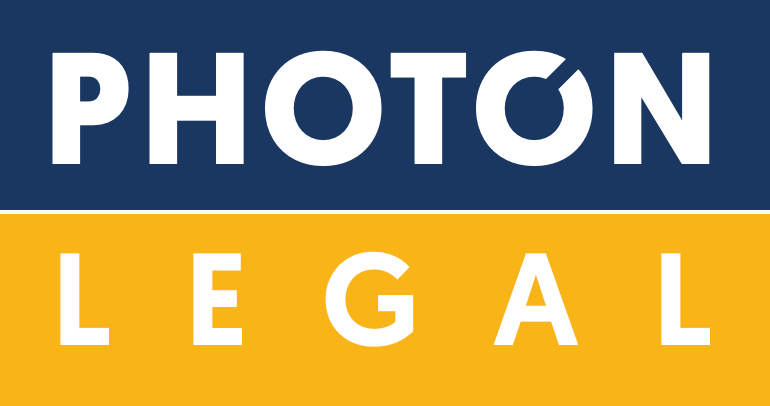Authors – Shruti Patekar and Amit Koshal
Astronomy is known as the oldest of sciences. Ever since the evolution of civilized mankind, what lies beyond the earthly skies has been an ecstatic topic. The origin of Astronomy and the beliefs and practices around it can be dated back to antiquity.
The length of human eyesight has limitations, hence we rely profoundly on technology to research and study the mysteries of the celestial bodies. Continuous advancements and breakthroughs in edge cutting technology are made by scientists globally. Be it the race to land on moon or invention of satellites that probe deeper in space, every space organization wants to leave a mark by being the first. This is where Patents play a vital role to safeguard these inventions and keep the competitors at bay from making, using, or selling one’s intellectual property.
One of the things that first come to our mind when we talk about Astronomy is the invention of a telescope. In 1608, a Dutch eyeglass maker named Hans Lippershey, laid claim to have invented a device that could magnify the object image by three times. He was the first person to apply for a patent of a telescope, possibly making him one of the first patent holders in the field of Astronomy.
The Indian Space Research Organisation (ISRO) who has been catching up in the space race, has had many heads turning towards it in the recent years. Consisting of more than 270 patents, 45 copyrights and 10 trademarks, ISRO was recently granted another patent by the Indian Patent Office for manufacturing “made in India” Moon Soil. ISRO successfully replicated the lunar surface to test the Vikram lander and Pragyaan rover for the Chandrayaan 2 mission.
The European Space Agency (ESA) consisting of 22 Member States is located all across Europe. They have over 130 inventions which are covered by 450 patents. ESA’s patent portfolio covers subjects as diverse as antennae, satellite attitude control mechanisms, communication equipment and systems, detectors, mechanical engineering, optical communication, power supplies and propulsion systems but they have contributed significantly and hold maximum number of patents in the Electromagnetic Technologies and techniques domain.
One of the earliest game players in the space sector – National Aeronautics and Space Agency (NASA), has recorded thousands of patents in its name till date, with over 1,600 active patents. NASA has had a long history of finding new, innovative uses for its space and aeronautics technologies. In 1964, NASA started its Technology Transfer Program to commercialize its products and services. This program enables NASA to spinoff about 50 technologies annually, to private sector and the public at large. NASA offers a range of different patent licenses from no cost evaluation licenses up to exclusive license. This program has been a huge hit resulting in nearly 2000 new products and services which provide solutions for challenges in the field of health, medicines, industrial production, communications, transportation, consumer goods, public safety etc.
Technological advances in the space sector has not only been in terms of sending something into space, it has also brought us the following: long distance telecommunications, solar energy, memory foam, anti-corrosion coating, the insulin pump, cochlear implants, improved screening for cardiovascular disease and breast cancer, water filters, scratch resistant lenses and of course Velcro.
A cloudless night sky, free of light pollution can offer a breathtaking view. The awestrucking and beautiful pictures of the luminous space objects has boosted the popularity of astrophotography over the years. Intellectual property rights extend its protection in this field by granting the owner/publisher copyrights for their creative work. These images may be licensed for commercial use.
Outer Space research and development is conspicuously expensive. To pool in large investments, the governments across the globe have drastically relaxed their monopoly over space exploration activities in order to encourage private investment and research. This has led to an upsurge in the privatization of the space sector. Private companies such as SpaceX and Blue Origin are aiming to commercialize space travel with their astonishingly futuristic technology. As these companies invest more time and money into space-based activities, they will no doubt seek to protect their investments. In particular, they may seek patent protection for their resulting intellectual property. Patents are territorial and can only be enforced within the jurisdiction of the granting government. Hence the logical questions arise – whose territory is space? How does one stop someone using their invention in space? Is it possible to obtain a ‘space patent’?
Ever since the launch of the first human satellite Sputnik1, international space laws are being laid out. Article ll of the Outer Space Treaty of 1967 states “outer space, including the Moon and other celestial bodies, is not subject to national appropriation by claim of sovereignty, by means of use or occupation, or by any other means”. It is regarded as a “Res Communis”, that is it is a public domain or public property. Now to answer the question of what laws apply to inventions sent from Earth – Article VIII of Outer Space Treaty states: A State Party to the Treaty on whose registry an object launched into outer space is carried shall retain jurisdiction and control over such object, and over any personnel thereof, while in outer space or on a celestial body.
We are a long way from understanding the universe and all of its mysteries. Even with all the technological advancements, the space sector is still only in its infancy stage. Space provides an opportunity for our imagination to run wild and cultivate various innovative space ventures. To best benefit from all the scientific advancement and to promote its moral and ethical use, a harmonized system of IPR regime for outer space should be developed and put into practice.
Image Source – Click here

